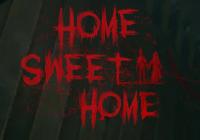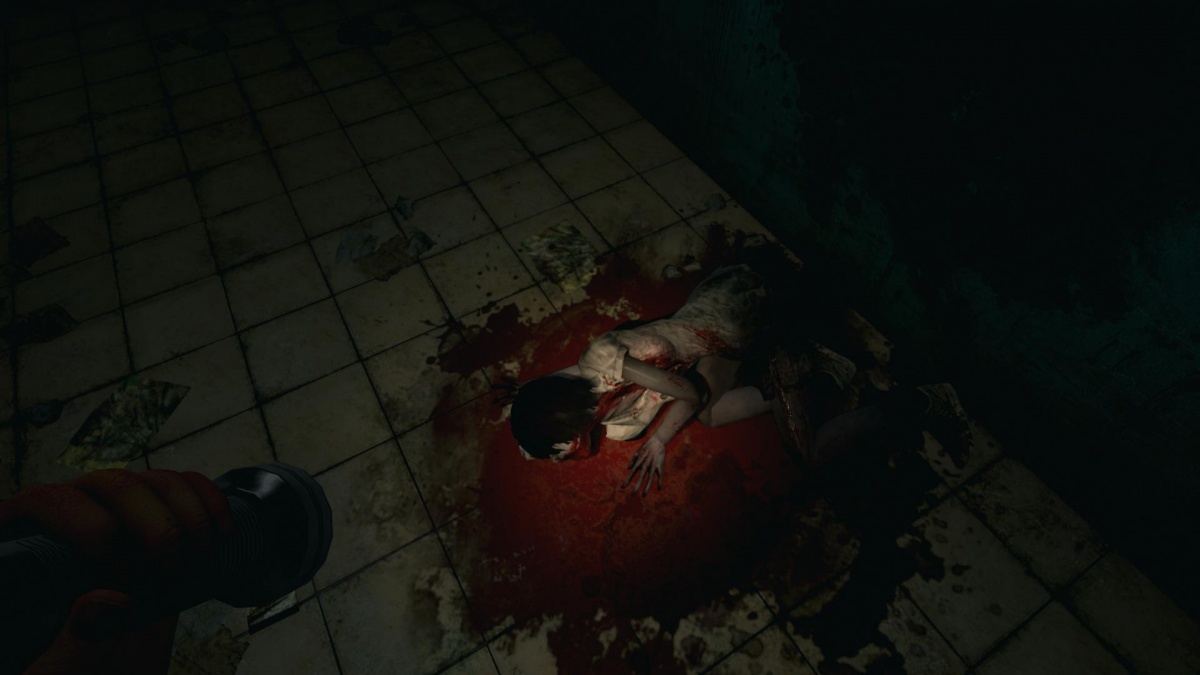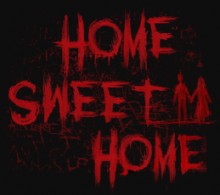Home Sweet Home (PlayStation 4) Review
By Coller Entragian  05.01.2019
05.01.2019

It is always interesting to see another culture's take on horror. There is a lot to learn when looking at what scares people from a specific nation, and in Home Sweet Home's case, it's the spirit of scorned women, haunting, and what appears to be a giant naked guy without a face. An unconventional setting is enough to give a horror-game a bit of flavour and personality, as there is only so many mansions, secret underground laboratories and foggy American towns that can be done before it becomes stale. Cubed3 takes a virtual trip to Thailand and gets unwelcomed with Home Sweet Home.
Prepare for another stealth-based first-person horror game. This overdone sub-genre is increasingly creatively bankrupt as it further dumbs down what used to be a very rich and varied arena of survival-horror. There used to be titles that would push the envelope on game design like the narrative and puzzles of Silent Hill or how the likes of the Fatal Frame franchise managed to put first-person shooting mechanics in what was the scariest games ever. The traditionally accepted idea in this generation is "empowerment equals bad" and everything has to have sloppy stealth. Home Sweet Home adheres to this philosophy so rigidly that any other redeeming qualities just fade into the noise.
This makes a big deal about the Thai setting and myths to establish a sense of personality and atmosphere. For a while it works, but personality can only go so far, till many assets start repeating and low production values make the overall experience feel unimpressive. There is no mistaking that this is a low budget foreign indie game that was heavily inspired by Outlast. There are some quaint aspects that make iy seem downright adorable at times; like how the protagonist's name is... Tim - the least sounding Thai name ever.

All the character names are extremely mundane English ones, which clash with the strong Thai setting which is festooned with Siamese text and lettering in every stage. This would have worked if Tim was an American or European ex-pat and he did not know the language. With so much text in the levels not translated, it gives the sensation that Tim is a guy who does not belong here... even though he does. It is inconsistent with all the letters and notes which are all written in the Siamese alphabet but with translations to read. White Day: A Labyrinth Named School, Home Sweet Home's closest contemporary, managed to have all incidental level flavour-text translated with subtitles. If it weren't for its unique setting, there would be nothing memorable about this.
Home Sweet Home has no surprises other than the developers had the audacity to end this game on a sequel hook. This is already really short and lacking in variety, so when things fall apart towards the end it just feels like an insult. Where White Day had some engaging emergent gameplay thanks to the roaming AI and branching paths, Home Sweet Home seems like a baby's toy by comparison. Threats are very tightly scripted, and there is no real sense of exploration at all, since level design is executed in a way that funnels players down what is more or less a glorified hall-way. The best aspect of Home Sweet Home is the graphics - they're mostly beautiful when it isn't painfully obvious that models aren't being recycled. Sadly, characters are poorly animated and there are some effects that look incomplete are missing.

Cubed3 Rating
Subpar
Beneath the promising concept, Home Sweet Home is as generic and bare bones as it gets for horror titles on PlayStation 4. Playing it with PSVR might be a game-changer, but without it, expect a mediocre and pedestrian first-person adventure. With only a few cheap jump-scares and some clever space twisting, this is only for people who are desperate for some scares.

![]() 4/10
4/10
![]() 0
(0 Votes)
0
(0 Votes)
 Out now
Out now  Out now
Out now  Out now
Out now  Out now
Out now Comments
Comments are currently disabled

 Sign In
Sign In Game Details
Game Details Subscribe to this topic
Subscribe to this topic Features
Features





 Top
Top

